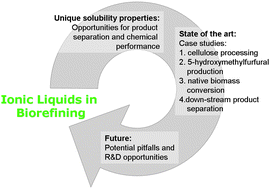 ISACS4 – Challenges in Renewable Energy: 5-8 July 2011, Boston, USA
ISACS4 – Challenges in Renewable Energy: 5-8 July 2011, Boston, USA
Online abstract submission is now open for ISACS4, the fourth in the International Symposia on Advancing the Chemical Sciences (ISACS) conference series from the RSC.
- Oral presentation abstract deadline – 21st January 2011
- Posters abstract deadline – 6th May 2011
You can find out more about the outstanding speaker line-up and plenary programme, sign up for news updates and submit abstracts at www.rsc.org/isacs4
Other symposia in the series:
ISACS5: Challenges in Chemical Biology:
Oral Presentations: 21 January 2011, Posters: 27th May 2011
ISACS6: Challenges in Organic Materials & Supramolecular Chemistry:
Oral Presentations: 18 March 2011, Posters: 8th July 2011











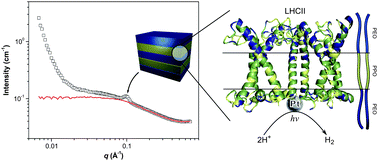
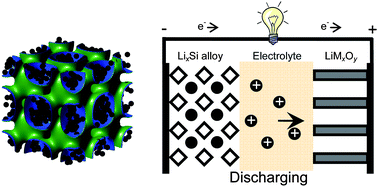 Review article
Review article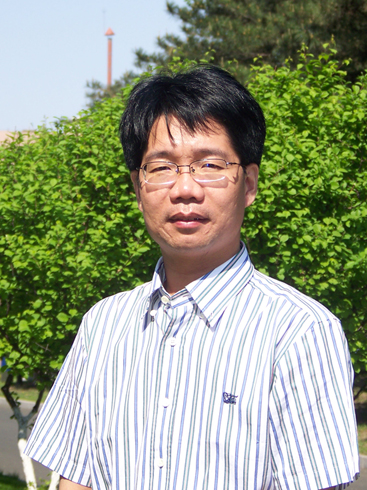
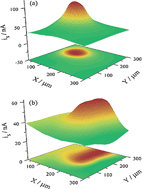

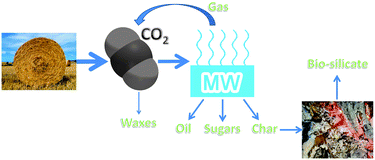 “This has been a really exciting project to work on” says co-author Brigid Lanigan.
“This has been a really exciting project to work on” says co-author Brigid Lanigan.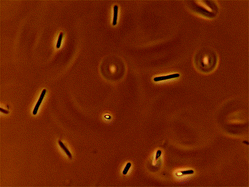 HOT paper –
HOT paper – 